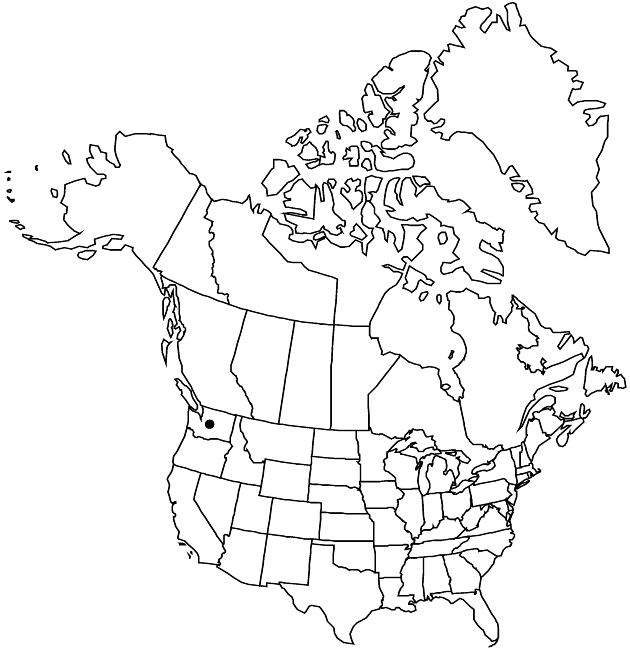Senecio neowebsteri
Leafl. W. Bot. 8: 143. 1957.
Perennials, 7–15 (–20+) cm (rhizomes fibrous-rooted). Herbage (sometimes purplish-tinged) floccose-tomentose, unevenly glabrescent. Stems single or loosely clustered (erect or arching). Leaves mostly cauline; petiolate (petioles about equaling blades); blades lanceolate or oblanceolate to ovate, (2–) 4–8+ × 1.5–3 cm, bases tapered, margins denticulate (distal leaves smaller, lanceolate or linear-lanceolate, bractlike). Heads nodding, 1 (–2). Calyculi of 4–8 lanceolate to lance-linear bractlets (lengths mostly less than 1/2 phyllaries). Phyllaries usually ± 21, sometimes ± 13, (8–) 10–15 mm, tips usually greenish (often sparsely hairy). Ray-florets ± 13; corolla laminae ± 15 mm. Cypselae glabrous. 2n = 40.
Phenology: Flowering late summer–early fall.
Habitat: High talus slopes
Elevation: 2200–2600 m
Discussion
Of conservation concern.
Selected References
None.
